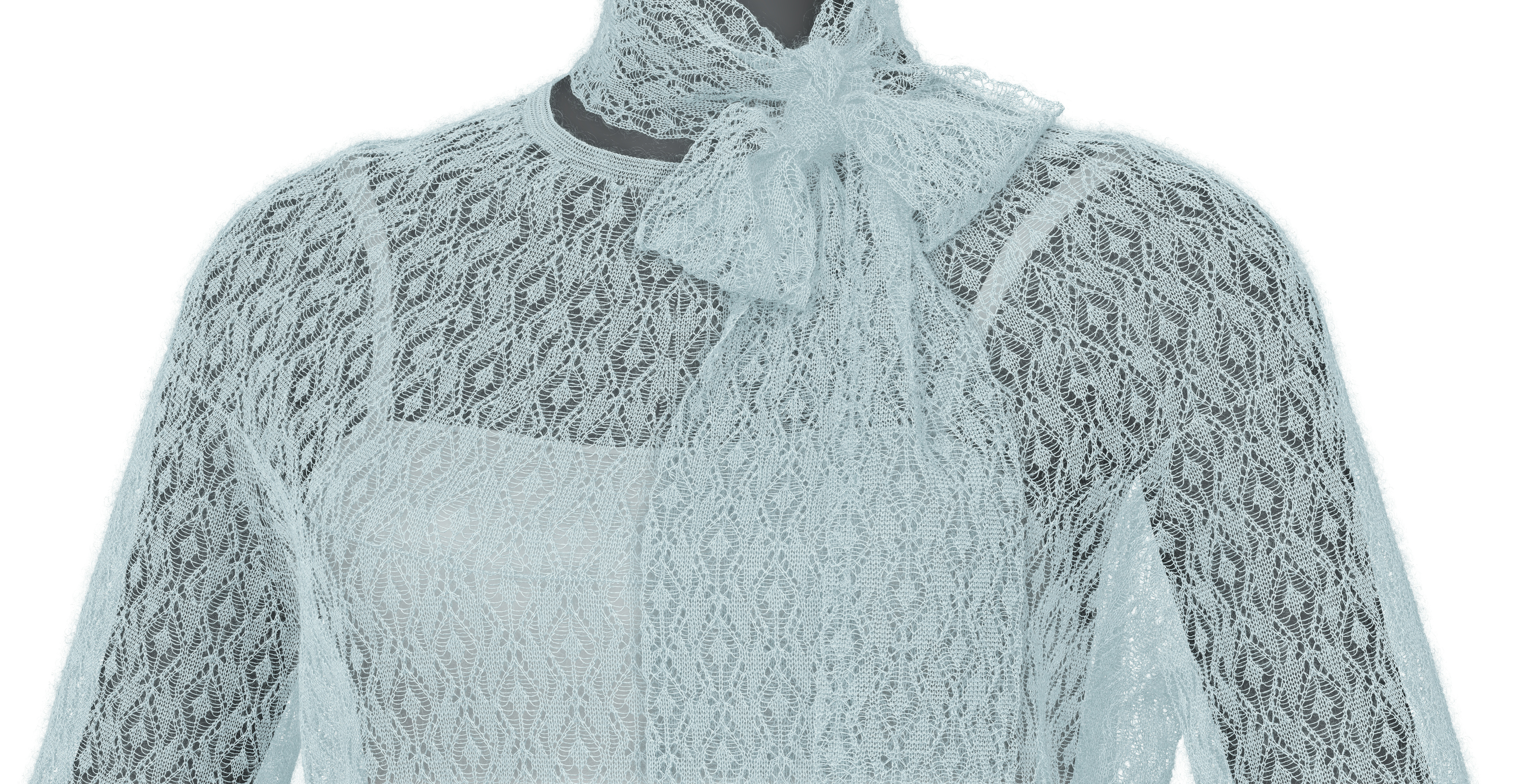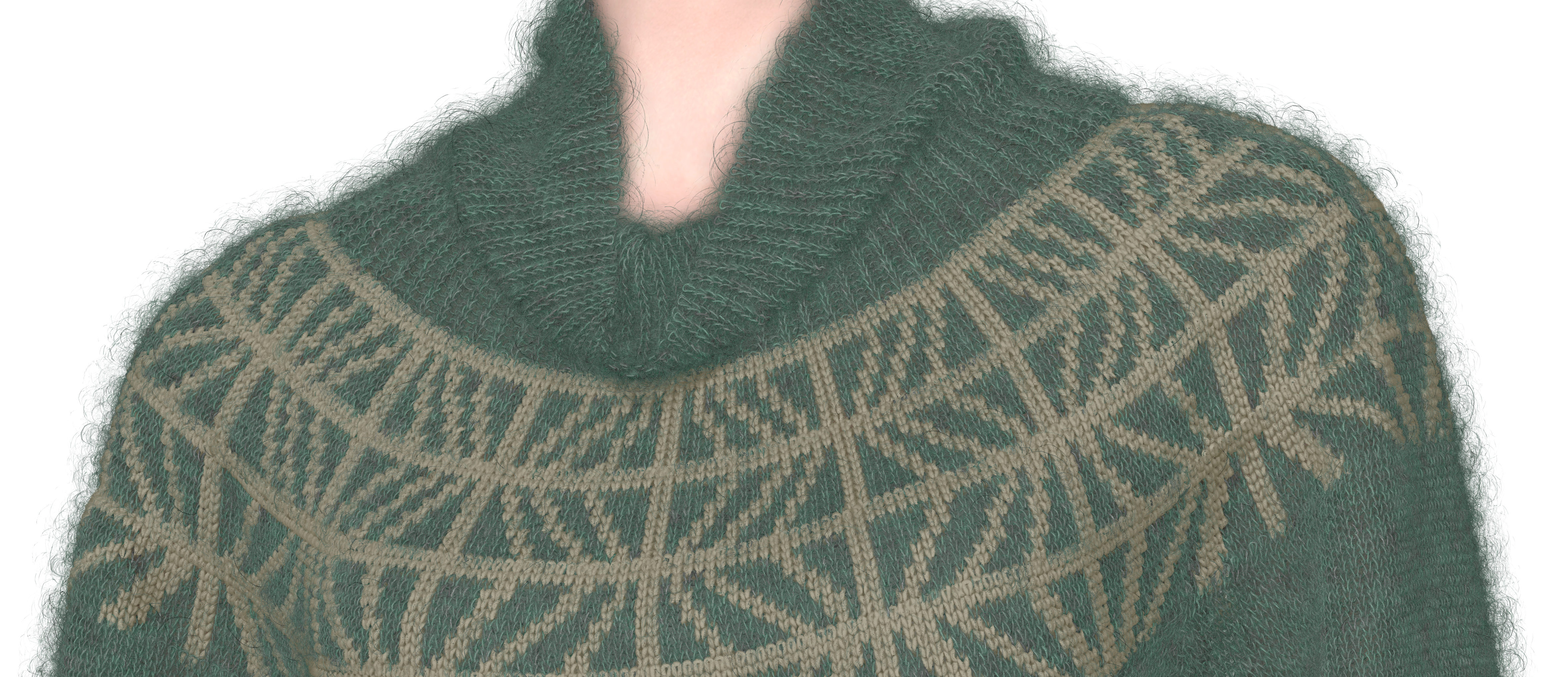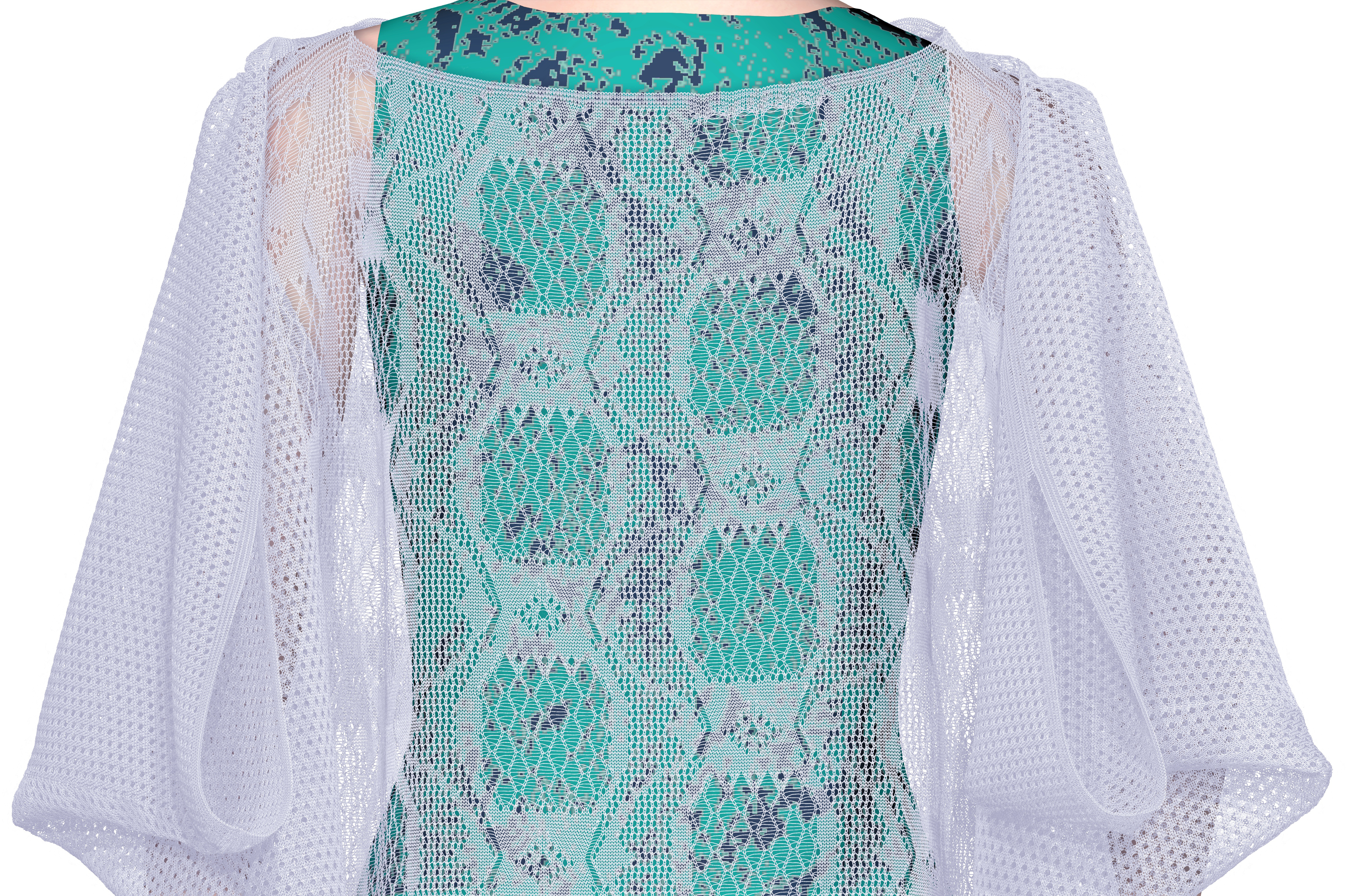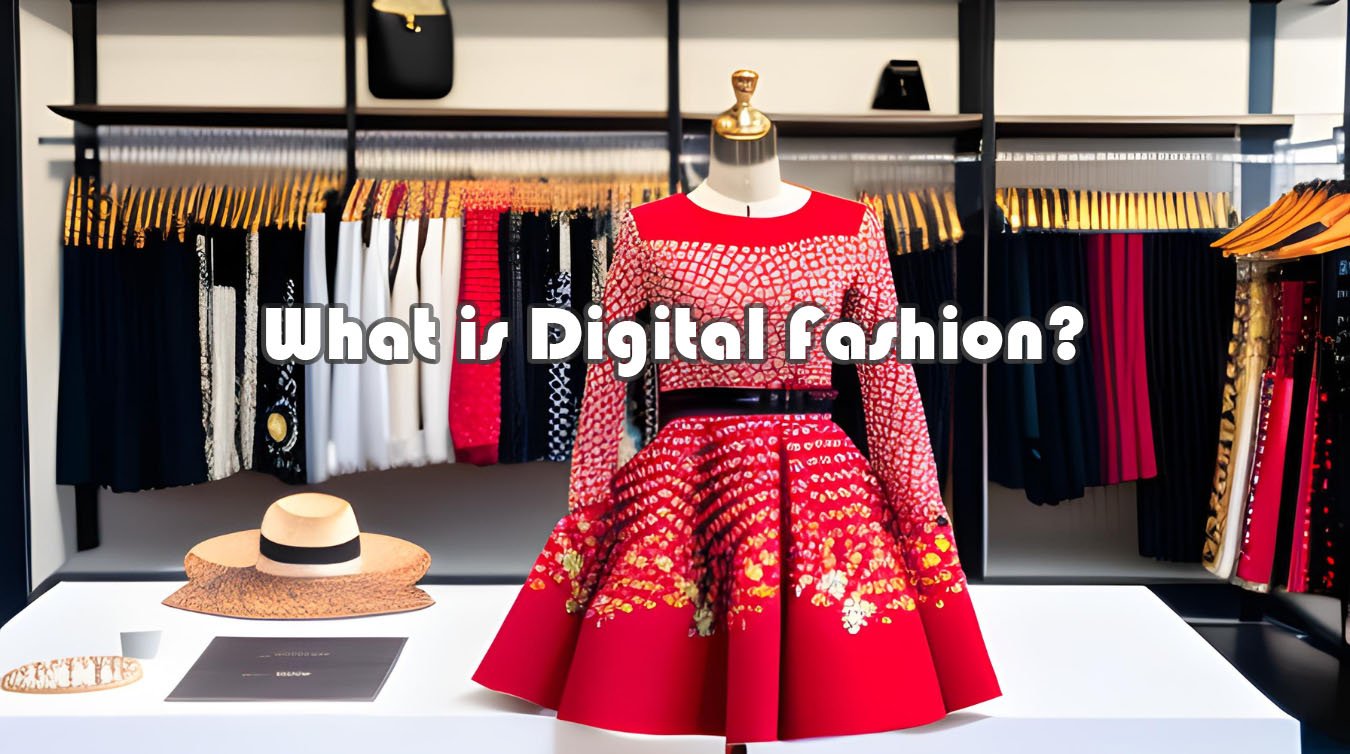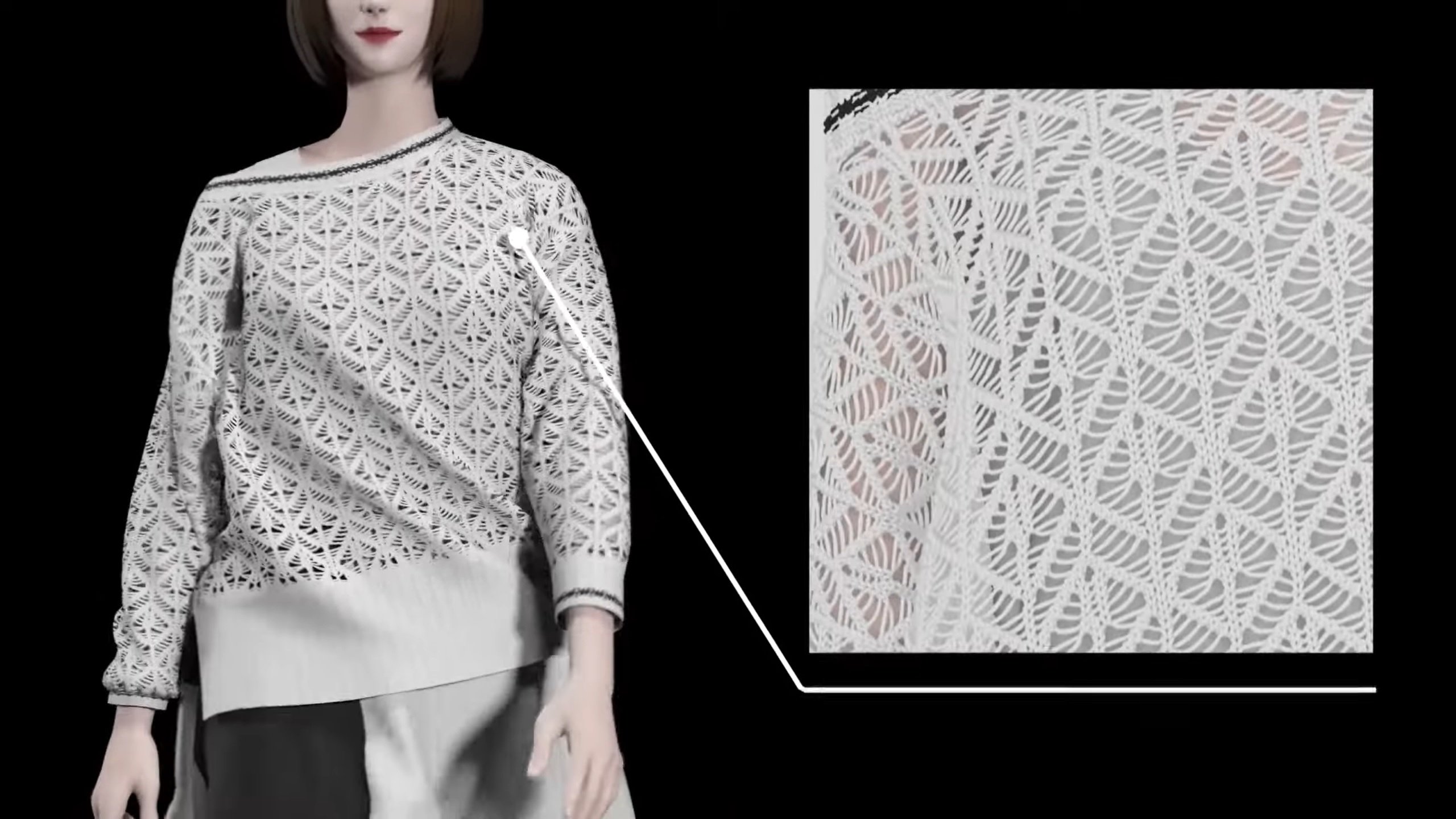Hello, everyone. Welcome to wearware, your go-to site for shaping the future of the fashion and apparel industry.

In this article, we will compare various software capable of 3D virtual sampling for knits, evaluating their functionality and visual quality. We will explore and evaluate each software by their features, usage, benefits, and drawbacks. We hope this will help you in choosing the right software for taking advantage of the latest innovations for designing your knitwear.
Table of Contents
- What is CLO's New Feature “Realistic Knitwear Designer”?
- Exciting New Features for CLO, Browzwear, and Style3D Users in APEXFiz®
・FBX Data Import Function
・Knit Texture Export Function - Emerging Software for Knit Virtual Sampling
・Create Design (KM.ON)
・PaintKnit (Logica) - Which Software is the Best Recommendation?
- Choose the Software That Matches Your Knit Design Needs
What is CLO's New Feature “Realistic Knitwear Designer”?
As mentioned earlier, CLO has introduced a new feature called "Realistic Knitwear Designer" in version 2024.0, released in April 2024.

From the CLO | 3D Fashion Design Software (clo3d.com)
With this feature, you can add knit textures to the product patterns fitted in CLO. By setting the gauge, structure, and yarn information, the corresponding knit texture is generated.
Currently, it’s a simplified system that applies one type of structure per pattern. The available structures are basic ones like jersey, rib, garter, and moss stitch, and it seems that designs such as jacquard or intarsia are not yet supported.
The yarn used to express the knit texture can be chosen from presets, where you can also set the thickness and twist of the yarn.
Although you cannot create intricate designs typical of knits, such as cable patterns, combinations of multiple patterns, or using fancy yarns, the operation is very simple and intuitive, even for first-time users. This feature is recommended for those who want to quickly create 3D models with original knit textures without focusing too much on design intricacy.

From the Realistic Knitwear Designer | CLO Feature Deep Dive (youtube.com)
One thing to note about the operation is that, unlike woven textures, when using knit textures makes the data very heavy and slows down the operation. It is recommended in the official tutorial to switch to a simplified preview mode during design work.
Additionally, the use of generated textures is limited to within CLO. You cannot export the textures to import into other software for high-resolution video production, so please be aware of this limitation.
Furthermore, since this feature is primarily developed for creating visuals, it can be used for deciding design image directions but does not support outputting production data for knitting machines. Therefore, it is necessary to recreate production data separately, and it is important to understand that you cannot immediately create products exactly as per the design image.
Exciting New Features for CLO, Browzwear, and Style3D Users in APEXFiz®
Next up is APEXFiz®, a software developed and sold by Shima Seiki Since its founding in 1962, Shima Seiki has been a leading company in the knitwear industry, developing, manufacturing, and selling flat knitting machines. The extensive know-how accumulated over the years is condensed into APEXFiz®.
APEXFiz® is known for providing all the necessary features for 3D virtual sampling of knitwear. It has already established a solid position among knitwear designers. However, with recent version updates, the compatibility with other 3D software like CLO, Browzwear, and Style3D has significantly improved.

FBX Data Import Function
Traditionally, APEXFiz® included features for pattern creation and fitting. However, the V-05A version released in March 2024 introduced a new function that allows users to import 3D data (post-fitting data) created with software like CLO, Browzwear, and Style3D, and directly design knitwear on top of it.
The operation is simple: export the 3D data created in CLO or other software in FBX format, import it into APEXFiz®, click on the pattern parts to extract them, and then proceed with designing on the extracted patterns.

One of the standout features is the ability to select knit patterns from an extensive library and combine multiple patterns for a more creative operation compared to CLO. Additionally, users can download patterns from the SHIMA Datamall™ digital content web service and add new patterns to their library. Unlike CLO, APEXFiz® supports the creation of jacquard patterns and intarsia patterns, thus expanding the range of design possibilities.
The screen layout of APEXFiz® is such that a design can be created for a flat pattern on the left side while checking the pattern position in real-time in 3D on the right side. Unlike CLO, there are no significant slowdowns, and you can work comfortably while viewing the product image.

From the Virtual Sample by SHIMA SEIKI (@apexfiz_official) on Instagram
The virtual samples created with APEXFiz® boast industry-leading quality. The secret lies in the "yarn." By scanning real yarn, the texture accurately represents the fluffiness and other details, resulting in ultra-high-quality textures that look like real knit fabrics. Using data from real yarn enables more precise virtual sampling. Furthermore, users can download yarn data provided by yarn suppliers worldwide from yarnbank®, also operated by Shima Seiki, and use it to create virtual samples.
Knit Texture Export Function
For rendering, APEXFiz® employs its unique "3D Loop Simulation" technology, allowing for the creation of high-quality image renders that accurately represent each individual knit loop. Additionally, APEXFiz® includes "V-Ray Rendering" capabilities. Furthermore, the software now supports exporting textures in gltf/glb formats. These exported textures can be imported into CLO, Browzwear, and Style3D, allowing for rendering on 3D data. This is highly convenient for utilizing preferred lighting settings or adding catwalk motions in various 3D software. The textures can also be imported into more professional rendering and animation software like 3ds MAX or Daz 3D, expanding the possibilities of 3D work.

Another strong point of APEXFiz® is the ability to export production data for knitting machines. Unlike CLO's knit design function, which is primarily for creating visual images, APEXFiz® allows for the creation of visuals that can be directly linked to production, realizing end-to-end DPC (Digital Product Creation).
For more details on production integration, please refer to the article below.
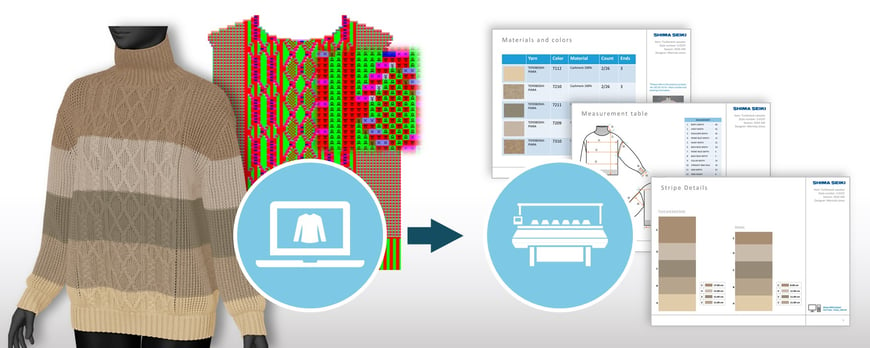
Seamless Linkage with Production for More Efficient Sampling!
Virtual Samples: the Savior of the Apparel and Fashion Industry, is key to cutting down on sampling time and costs in clothing manufacturing and avoiding creating wasted resources. In the second session of our 6-part series on solution for promoting the digitalization of fashion industry, we will focus on the process of creating specifications to help product planners communicate designs to producers.
Related Article
In conclusion, the new features of APEXFiz® enhance data compatibility with other software, making it easier to handle 3D data.
For detailed information on the existing features of APEXFiz®, please see the article below.
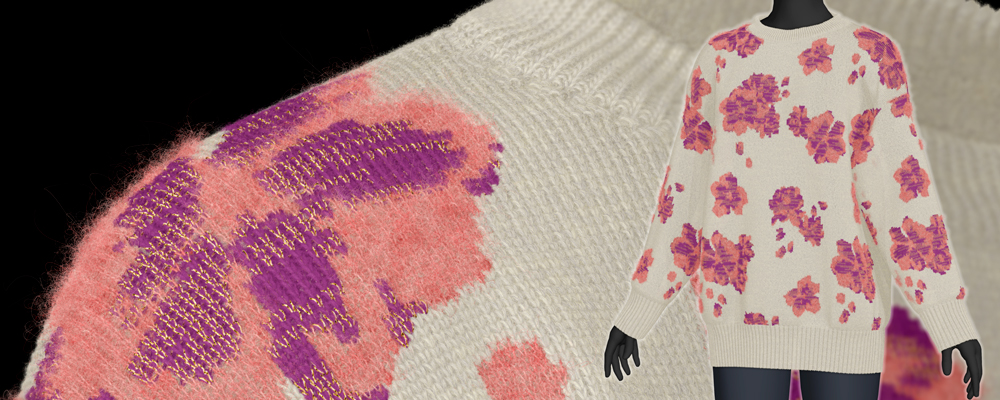
Key Features for 3D Virtual Sampling of Knitwear!
Virtual Samples: the Savior of the Apparel and Fashion Industry, is key to cutting down on sampling time and costs in clothing manufacturing and avoiding creating wasted resources. In the first session of our 6-part series on solution for promoting the digitalization of fashion industry, we will introduce the process of planning knitwear using virtual samples.
Related Article
Emerging Software for Knit Virtual Sampling
So far, we have introduced the knit design features of CLO and APEXFiz®. However, as mentioned earlier, new software for 3D virtual sampling of knits has also begun to be released in recent years.
Create Design (KM.ON)
Create Design is developed by KM.ON for machines manufactured by the German knitting machine maker Stoll. As a newer software compared to APEXFiz®, it offers similar features, such as combining various patterns from a library, but it does not include 3D functionality. The process for creating 3D knit images using Create Design involves the following steps:
1. Import the patterns dressed in CLO, Browzwear, or Style3D in DXF format.
2. Arrange the patterns on the flat pattern and create textures.
3. Export the textures, then composite and render in CLO, Browzwear, or Style3D.

From the CREATE Product Workflow (youtube.com)
In this workflow, you can only confirm the pattern placement and color balance after exporting the texture and compositing it in 3D. If the design result is unsatisfactory, you must return to step 2 and edit the work again. Unlike APEXFiz®, where flat patterns and 3D views are displayed simultaneously, this process can reduce work efficiency.
PaintKnit (Logica)
PaintKnit is a software developed by the Italian company Logica and was released in 2023. It is a newer software compared to KM.ON's Create Design and features similar capabilities to APEXFiz® and Create Design, such as combining various patterns from a library for design.
The most outstanding feature of this software is the ability to rotate the created knit fabric 360 degrees, allowing for detailed inspection of the knit structure.

From the Logica PaintKnit (youtube.com)
Additionally, after creating the knit fabric, you can use the SelfTryOn function to visualize the finished product in 3D. However, similar to KM.ON's Create Design, the design is done on a flat fabric, which means that you cannot check the pattern placement in real-time on the product's shape, leaving some inconvenience.
It appears that the software does not support importing patterns from other software. So, it uses a square base that changes shape to match the selected neckline or armhole, limiting the styles of products that can be created. The interface also seems to be more geared towards technicians, which might be challenging for designers to use.
Which Software is the Best Recommendation?
Currently, the top choice would be Shima Seiki's APEXFiz®. As mentioned earlier, APEXFiz® has long covered all the necessary functions for 3D virtual sampling of knitwear, establishing a complete standalone workflow. With the newly added compatibility features for other software, it has evolved into a more flexible tool in the 3D industry. The platforms SHIMA Datamall™ and yarnbank® provide assets that allow users to creatively produce new designs, which is a significant advantage of using APEXFiz®.
Although not discussed in detail in this article, APEXFiz® also boasts features like fitting execution that considers knit shrinkage and improved fitting speed. These enhancements to the 3D capabilities further solidify its position as the No.1 software in the knitwear industry and promise continued growth.

APEXFiz® is already being used by knitwear designers and suppliers worldwide. Using the same software facilitates smooth data exchange, which is another benefit of APEXFiz®.
Moreover, APEXFiz® is not limited to knits; it also supports the creation of various materials such as woven fabrics, embroidery, towels, and prints. This broad range of capabilities means that APEXFiz® can be used to design products that combine different materials or to plan items outside the knitwear category. Owning APEXFiz® allows for versatile application throughout the manufacturing process.
For more details on the various material creation features, please refer to this article.
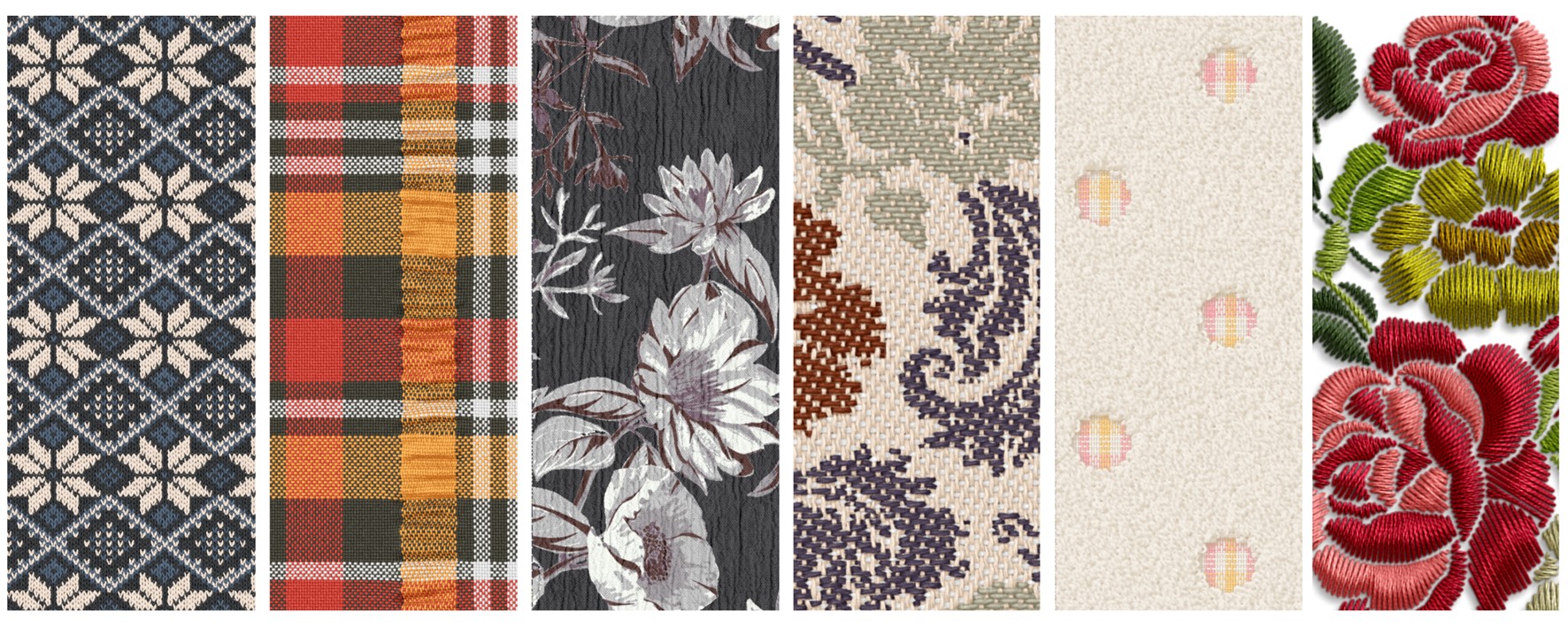
Accelerating DX in Your Planning Work with Fabric Simulation!
In this, our fifth installment in our on-going six-part series on solutions to promote digitalization in the fashion industry, we examine how to create fabrics for weaving, circular knitting, towels, and embroidery. We'll explain how to design and simulate fabrics using design software.
Related Article
Choose the Software That Matches Your Knit Design Needs
With numerous software options emerging recently, choosing the right one has become more and more difficult. Understanding the unique features of each software is crucial to selecting one that fits your specific requirements.

If you're unsure of which software to choose, feel free to consult us through the link below. We can provide recommendations on the software that best suits your needs.
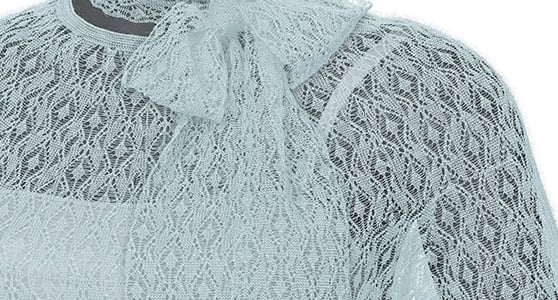
For inquiries regarding APEXFiz® plans and contracts, please contact us here.
Contact Us
Related Link
wearware supports the digitalization of fashion design.
Stay tuned for more updates!
